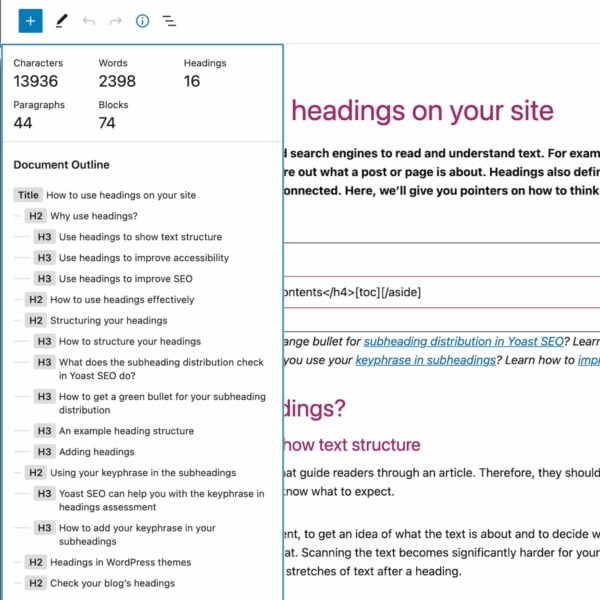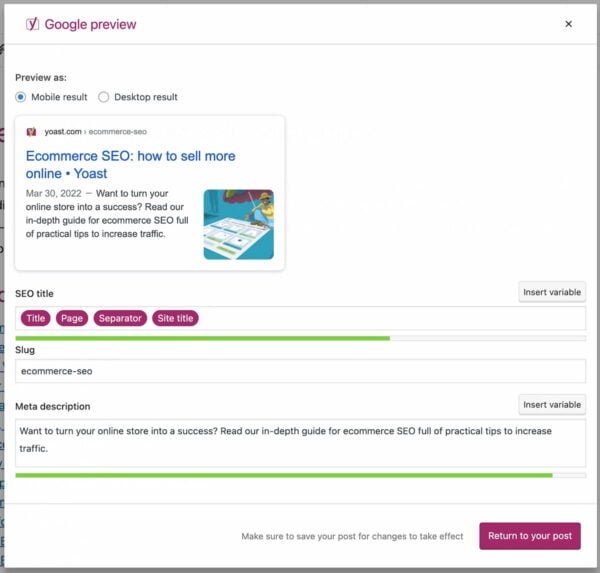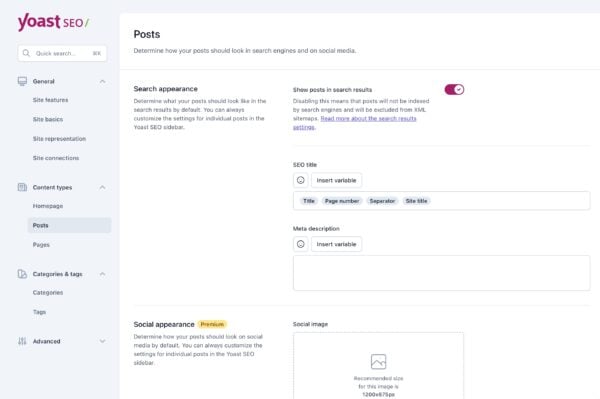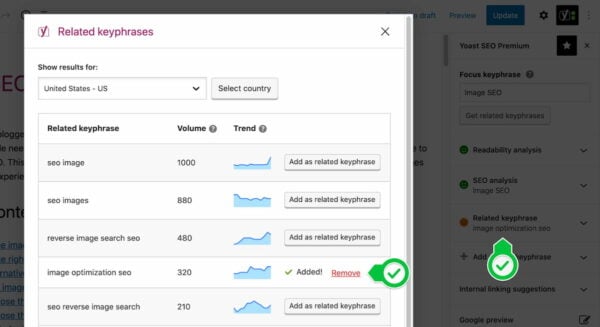1990s
AM processes for metal sintering or melting (such as selective laser sintering, direct metal laser sintering, and selective laser melting) usually went by their own individual names in the 1980s and 1990s. At the time, all metalworking was done by processes that are now called non-additive (casting, fabrication, stamping, and machining); although plenty of automation was applied to those technologies (such as by robot welding and CNC), the idea of a tool or head moving through a 3D work envelope transforming a mass of raw material into a desired shape with a toolpath was associated in metalworking only with processes that removed metal (rather than adding it), such as CNC milling, CNC EDM, and many others. But the automated techniques that added metal, which would later be called additive manufacturing, were beginning to challenge that assumption. By the mid-1990s, new techniques for material deposition were developed at Stanford and Carnegie Mellon University, including microcasting[31] and sprayed materials.[32] Sacrificial and support materials had also become more common, enabling new object geometries.[33]
The term 3D printing originally referred to a powder bed process employing standard and custom inkjet print heads, developed at MIT by Emanuel Sachs in 1993 and commercialized by Soligen Technologies, Extrude Hone Corporation, and Z Corporation.[citation needed]
The year 1993 also saw the start of an inkjet 3D printer company initially named Sanders Prototype, Inc and later named Solidscape, introducing a high-precision polymer jet fabrication system with soluble support structures, (categorized as a "dot-on-dot" technique).[25]
In 1995 the Fraunhofer Society developed the selective laser melting process.
2000s
The Fused Deposition Modeling (FDM) printing process patents expired in 2009.[34] This opened the door for a new wave of companies, many born from the RepRap community, to start developing commercial FDM 3D printers.
2010s
As the various additive processes matured, it became clear that soon metal removal would no longer be the only metalworking process done through a tool or head moving through a 3D work envelope, transforming a mass of raw material into a desired shape layer by layer. The 2010s were the first decade in which metal end use parts such as engine brackets[35] and large nuts[36] would be grown (either before or instead of machining) in job production rather than obligately being machined from bar stock or plate. It is still the case that casting, fabrication, stamping, and machining are more prevalent than additive manufacturing in metalworking, but AM is now beginning to make significant inroads, and with the advantages of design for additive manufacturing, it is clear to engineers that much more is to come.
One place that AM is making a significant inroad is in the aviation industry. With nearly 3.8 billion air travelers in 2016,[37] the demand for fuel efficient and easily produced jet engines has never been higher. For large OEMs (original equipment manufacturers) like Pratt and Whitney (PW) and General Electric (GE) this means looking towards AM as a way to reduce cost, reduce the number of nonconforming parts, reduce weight in the engines to increase fuel efficiency and find new, highly complex shapes that would not be feasible with the antiquated manufacturing methods. One example of AM integration with aerospace was in 2016 when Airbus was delivered the first of GE's LEAP engine. This engine has integrated 3D printed fuel nozzles giving them a reduction in parts from 20 to 1, a 25% weight reduction and reduced assembly times.[38] A fuel nozzle is the perfect in road for additive manufacturing in a jet engine since it allows for optimized design of the complex internals and it is a low stress, non-rotating part. Similarly, in 2015, PW delivered their first AM parts in the PurePower PW1500G to Bombardier. Sticking to low stress, non-rotating parts, PW selected the compressor stators and synch ring brackets [39] to roll out this new manufacturing technology for the first time. While AM is still playing a small role in the total number of parts in the jet engine manufacturing process, the return on investment can already be seen by the reduction in parts, the rapid production capabilities and the "optimized design in terms of performance and cost".[40]
As technology matured, several authors had begun to speculate that 3D printing could aid in sustainable development in the developing world.[41]
In 2012, Filabot developed a system for closing the loop[42] with plastic and allows for any FDM or FFF 3D printer to be able to print with a wider range of plastics.
In 2014, Benjamin S. Cook and Manos M. Tentzeris demonstrate the first multi-material, vertically integrated printed electronics additive manufacturing platform (VIPRE) which enabled 3D printing of functional electronics operating up to 40 GHz.[43]
As the price of printers started to drop people interested in this technology had more access and freedom to make what they wanted. As of 2014 the price for commercial printers was still high with the cost being over $2,000.[44]
The term "3D printing" originally referred to a process that deposits a binder material onto a powder bed with inkjet printer heads layer by layer. More recently, the popular vernacular has started using the term to encompass a wider variety of additive-manufacturing techniques such as electron-beam additive manufacturing and selective laser melting. The United States and global technical standards use the official term additive manufacturing for this broader sense.
The most-commonly used 3D printing process (46% as of 2018) is a material extrusion technique called fused deposition modeling, or FDM.[6] While FDM technology was invented after the other two most popular technologies, stereolithography (SLA) and selective laser sintering (SLS), FDM is typically the most inexpensive of the three by a large margin,[citation needed] which lends to the popularity of the process.





